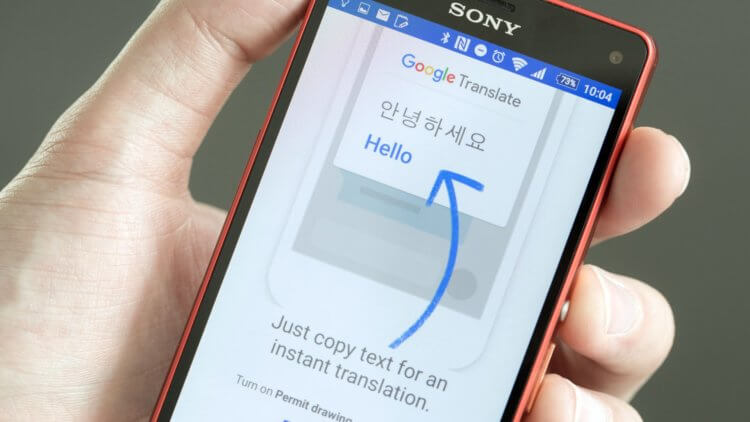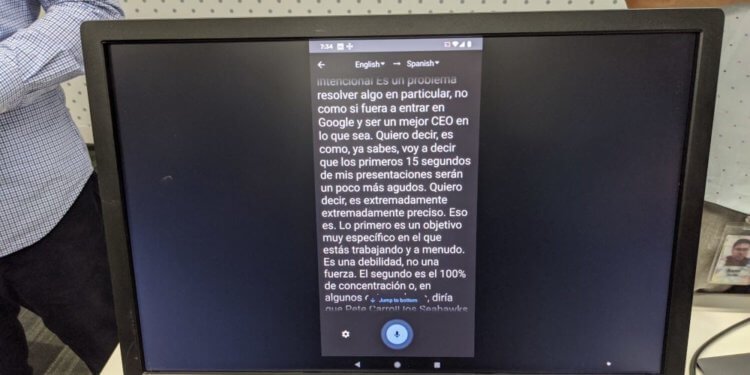Google Translate is clearly not a service that needs constant updates. No, of course, improving the accuracy of interpreting languages or understanding the context on which the translation may directly depend, it clearly does not hurt. Interface innovations are another matter. If you think about it, what can be improved there at all? After all, all that is needed from a translator is a window for inserting a foreign text and a drop-down menu of language pairs. For a long time, Google thought so, but at some point decided to expand the functionality of the 'Translator', providing it with a new mode.

Google unveils Google Translate update that will change the perception of the service
The new mode in question is an analogue of the Recorder function available to Google Pixel 4 users. Actually, it does the same thing as its prototype – it records speech, turns it into text, and then translates it into the language of the user. regardless of the original language. Thus, it is possible to translate not only individual words or expressions, but also entire lectures, which will be especially convenient for foreign students, whose knowledge of the language spoken by the lecturer is far from ideal.
Google Translate update

Google Translate will help you communicate with a foreigner and translate a whole lecture
Unlike the classic mode of operation of 'Google Translate', when the service can translate text autonomously, the new function requires an obligatory connection to the Internet, but it is not yet possible to test its work, because distribution has not yet begun. Most likely, the appearance of this requirement stems from the potentially large amounts of information that will have to be processed by the service. After all, here he needs not only to translate, but also to recognize speech, eliminate possible speech errors, and only after that start interpreting it.
At first, 'Google Translate' will work in speech translation mode only in 15 languages, including Russian, against about two hundred in the usual mode. Here, again, the need to produce speech recognition affected. It would seem that this is so, because today the dictation function is in a large number of applications. But the fact is that Google Translate can transcribe really long speech constructs with their inherent pauses and parasitic sounds without stopping.
Translation via Google Assistant
Few people know that Google Assistant has got support for a similar function. True, there the innovation has some differences and, accordingly, a different purpose. The voice assistant allows you not only to transcribe the text for translation, but literally conduct a dialogue in different languages. To do this, you need to launch a special mode, which is still in test mode, and then speak into the microphone what you need. After that, a translation is made and the second participant in the dialogue is given the opportunity to respond in their native language with subsequent translation.
All of these features that Google is introducing into its services can greatly facilitate the interaction of people who do not speak the same language. At the same time, in fact, both Google Assistant and Google Translate can play the same role, helping to build a dialogue between foreigners with each other. But why, in that case, did Google duplicate the functionality twice? And then, to give users the ability to choose what they want to use, without having to install an unnecessary application.
